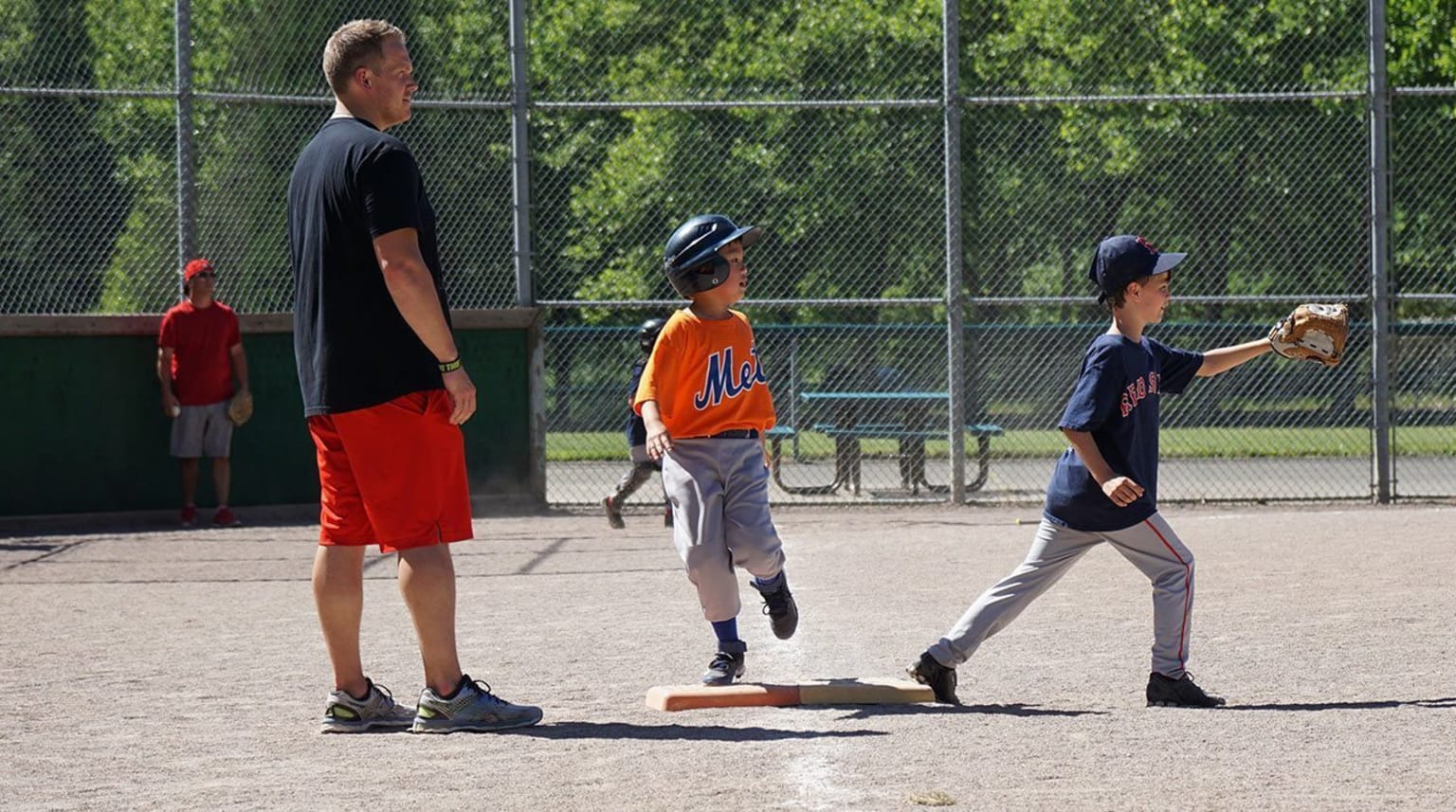Tips for Managers Prepping for Player Tryouts

For Little League® managers to get the most out of player tryouts takes some planning and preparation.
Each local league conducts some form of player evaluation. As each Little Leaguer® is judged individually, against others in their age group or division, the manager who knows what to look for will have a better chance of building a talent list that offers a variety of options to choose from during the selection meeting (player draft).
To help set some parameters for skill assessment, your invited to uses these tips. Be sure to keep in mind that it is likely that most players are coming into the tryout having not picked up a bat or ball in many months. Note: For a player to be eligible to be drafted to a Little League team, he/she must tryout.
What to Know Before Player Tryouts
- Your league’s maximum regular-season roster size and league-age range for the division you are coaching will establish the talent pool. This information will be important as you assemble a list of players you are interested in selecting for your regular-season team.
- Ask the league’s Player Agent, Vice President of the division, or the division’s coordinator if a list of registered players, organized by age, will be available and/or provided before the tryout. If yes, review the list and identify players you are familiar with, as well as, siblings; and children with parents who may make quality assistant coaches, or support staff members.
- Identify the league age of each of the rostered players.
- Seek out the division’s Vice President or Coordinator to get an explanation of the tryout process. Find out who will be overseeing the tryout(s), instructs the players during the tryout(s), and conducts the drills that will be evaluated.
- If your league does not annually re-draft entire rosters, and you are a returning manager, account for the returning players in order to focus on what, and how many, positions you will need to fill for the coming season. First-year managers inheriting a partial roster can improve their evaluation prospects by speaking with the former manager and/or coaches to identify areas of need.
What to Look for During Player Tryouts
- For those managers with established players on the roster, and a certain number of roster spots to fill, try to identify players that can step in for this season, or the following season.
- Managers drafting a new team each year are encouraged to start with pitching and defense. The reason why is simple: If a team can’t score against you, then all you need is one run to win the game.